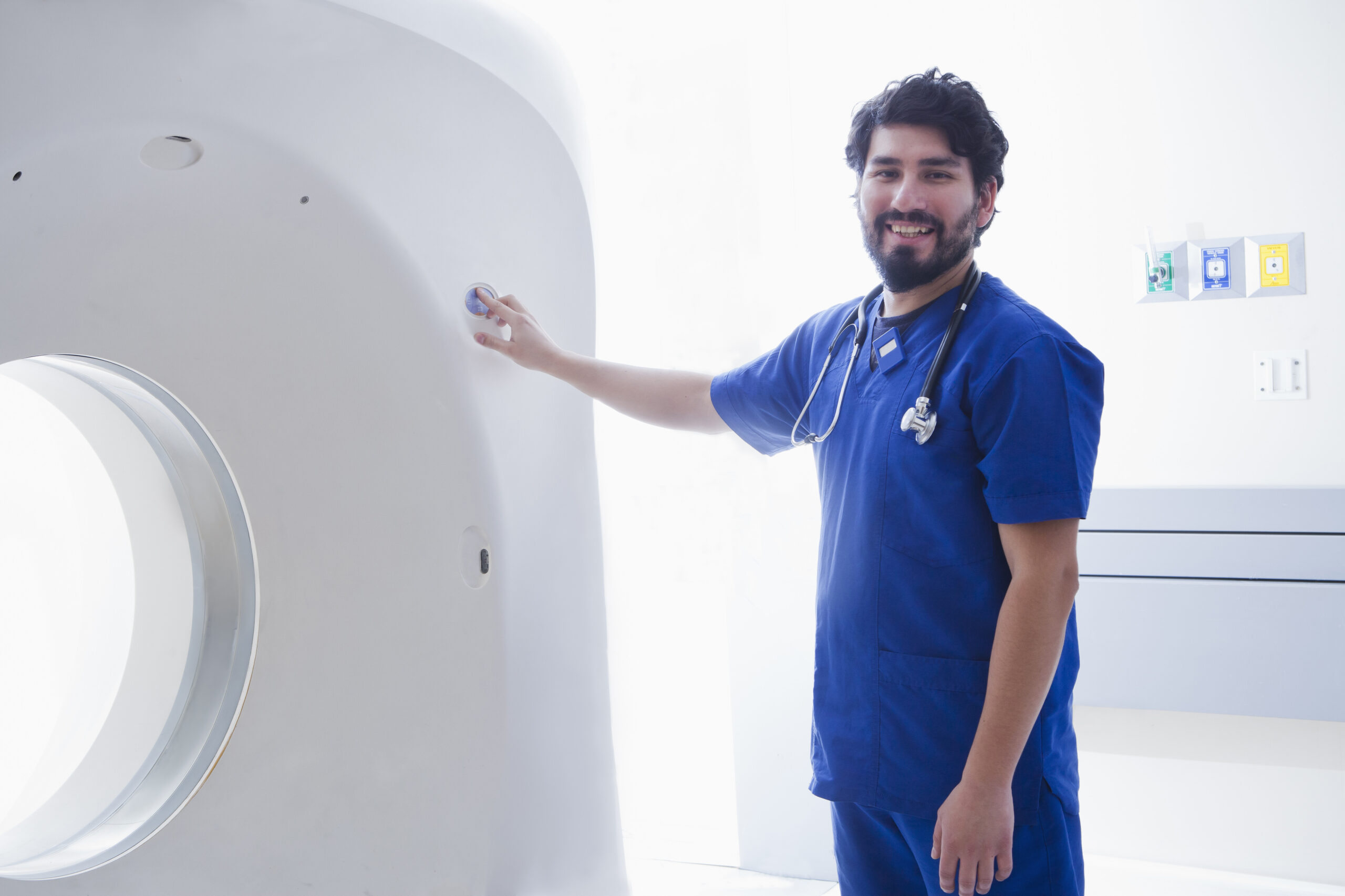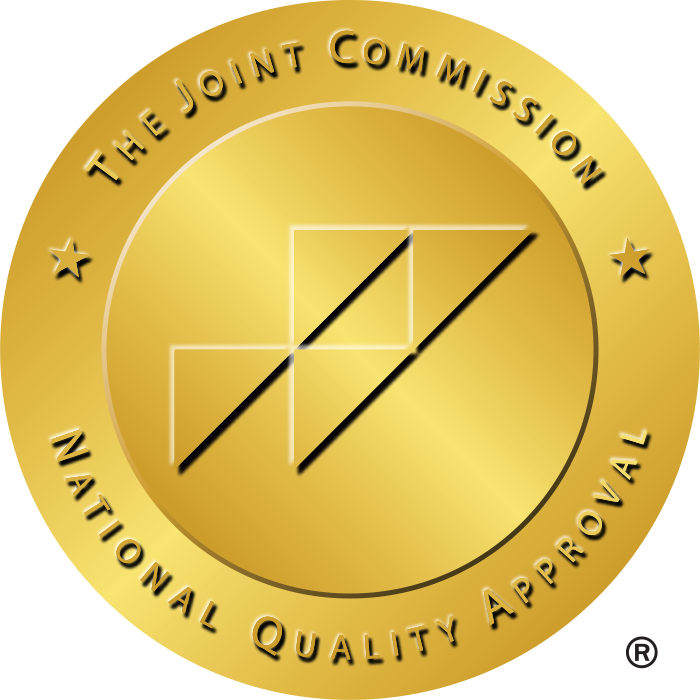Introduction
Ultrasound technology has transformed healthcare by offering a non-invasive, radiation-free, and cost-effective imaging solution used to diagnose and monitor a wide range of medical conditions. Originally associated with obstetrics and cardiology, ultrasound’s application has now expanded to emergency medicine, critical care, neurology, and musculoskeletal imaging.
With ongoing technological advancements, the demand for qualified ultrasound technicians has risen significantly. Hospitals, outpatient clinics, and mobile imaging services increasingly rely on these professionals for timely and accurate diagnostics.
High Demand for Expert Technicians
The integration of AI, portable ultrasound devices, and advanced imaging technologies has led to a surge in demand for skilled ultrasound technicians. These professionals are now expected to work independently in emergency and procedural environments, often participating in life-saving diagnostic decisions.
The increased use of ultrasound across various medical specialties has also elevated the profession’s earning potential. With opportunities in travel sonography and specialized imaging, technicians can enjoy job flexibility, competitive salaries, and greater autonomy. Salaries vary based on experience, credentials, and geographic location, making the field appealing for growth-oriented individuals.
The Expanding Role of Ultrasound Technicians
Traditionally, ultrasound technicians focused on obtaining diagnostic-quality images for physicians. However, with advancements in technology and clinical practices, their roles have expanded considerably.
Point-of-Care Ultrasound (POCUS): Used in emergency and prehospital settings by EMTs and paramedics for rapid assessment.
Musculoskeletal and Neurological Imaging: Enables evaluation of conditions like carpal tunnel syndrome and ulnar neuropathy.
Interventional Procedures: Involvement in ultrasound-guided injections, biopsies, and catheter placements.
These developments have positioned ultrasound technicians as critical, independent contributors in both diagnostic and therapeutic processes.
Influence of Technological Advancements
Modern ultrasound technologies have reshaped imaging practices and technician responsibilities:
3D & 4D Imaging: Offers real-time, high-definition visuals for detailed anatomical assessments.
Artificial Intelligence (AI): Enhances image interpretation, automates measurements, and reduces diagnostic errors.
Portable & Wearable Devices: Enables continuous monitoring in home healthcare and decentralized settings.
Automation & Robotics: Supports minimally invasive surgeries and precise diagnostics.
These technologies open new career paths, necessitating continuous education and specialization for ultrasound professionals.
Ultrasound Technician Training & Certification
Most ultrasound technicians begin their careers with an associate’s degree in diagnostic medical sonography. Others pursue bachelor’s degrees or specialized certifications that cover:
Ultrasound physics
Anatomy and physiology
Patient care
Image interpretation
Certifying organizations include:
ARDMS (American Registry for Diagnostic Medical Sonography)
CCI (Cardiovascular Credentialing International)
ARRT (American Registry of Radiologic Technologists)
Advanced certifications and ongoing education improve employability and open opportunities for subspecialization in areas like vascular or musculoskeletal sonography.
Job Market & Salary Insights
The job outlook for ultrasound technicians is highly positive. According to the U.S. Bureau of Labor Statistics, employment for diagnostic medical sonographers is expected to grow much faster than average.
Technicians find roles in:
Hospitals
Outpatient clinics
Private practices
Mobile imaging services
Emergency and prehospital settings
How Much Do Ultrasound Techs Make?
Ultrasound technician salaries vary based on experience, specialty, certification, and location. Generally:
Higher Salaries: Found in metro areas and specialized fields (e.g., cardiac and vascular sonography)
Advanced Certifications: Correlate with increased earnings
Travel Ultrasound Technicians
Travel sonographers are in high demand through healthcare staffing agencies. These positions offer:
Higher pay
Flexible contracts
Exposure to diverse healthcare environments
Agencies like StaffDNA and LiquidAgents Healthcare provide benefits such as:
Housing stipends
Flexible schedules
Access to top healthcare facilities
Future Outlook & Career Opportunities
As ultrasound use expands across medical specialties, career opportunities for technicians continue to grow. Key areas include:
Emergency Medicine
Musculoskeletal Imaging
Critical Care
Career Pathways & Specialization
Technicians can specialize in:
Vascular Sonography
Cardiac Imaging
Obstetric/Gynecologic Ultrasound
Musculoskeletal Imaging
Multiple specialties can enhance diagnostic capabilities and increase job opportunities and earning potential.
Contract & Travel Opportunities
Short-term, high-paying contracts with relocation assistance are increasingly available. These roles offer flexibility and experience in high-demand settings.
Conclusion
Ultrasound technicians are playing a more vital and independent role in modern healthcare. Their involvement spans diagnostic imaging, interventional procedures, and prehospital care. With ongoing advancements in technology and an expanding scope of practice, this career path offers growth, flexibility, and meaningful impact.
Ready to Take the Next Step?
✅ Explore top-paying ultrasound tech jobs today
✅ Download the StaffDNA or LiquidAgents Healthcare app for real-time job openings
👉 Apply Now | Get the App 🚀
References
Pietersen et al. (2021). Scandinavian Journal of Trauma, Resuscitation and Emergency Medicine. https://doi.org/10.1186/s13049-021-00856-8
C.Coek.Info. (n.d.). https://c.coek.info/pdf-a37-the-role-of-technicians-in-ultrasound-examinations-of-peripheral-nerves-and-.html
Andersen et al. (2019). Annals of Family Medicine. https://doi.org/10.1370/afm.2330
Donovan et al. (2022). Prehospital and Disaster Medicine. https://doi.org/10.1017/S1049023X22000711
Schoenfeld et al. (2011). The American Journal of Emergency Medicine. https://doi.org/10.1016/j.ajem.2009.11.021
Safran et al. (2018). Journal of Plastic, Reconstructive & Aesthetic Surgery. https://doi.org/10.1016/j.bjps.2017.08.031
Shen et al. (2021). European Journal of Radiology. https://doi.org/10.1016/j.ejrad.2021.109717
Wang et al. (2020). Investigative Radiology. https://doi.org/10.1097/RLI.0000000000000675
Nathani et al. (2024). Diagnostics (Basel, Switzerland). https://doi.org/10.3390/diagnostics14151604
Mans et al. (2023). International Journal of Environmental Research and Public Health. https://doi.org/10.3390/ijerph20237126
Tolsgaard, M. G. (2018). Perspectives on Medical Education. https://doi.org/10.1007/s40037-018-0419-8
Safran et al. (2018). Journal of Plastic, Reconstructive & Aesthetic Surgery. https://doi.org/10.1016/j.bjps.2017.08.031







